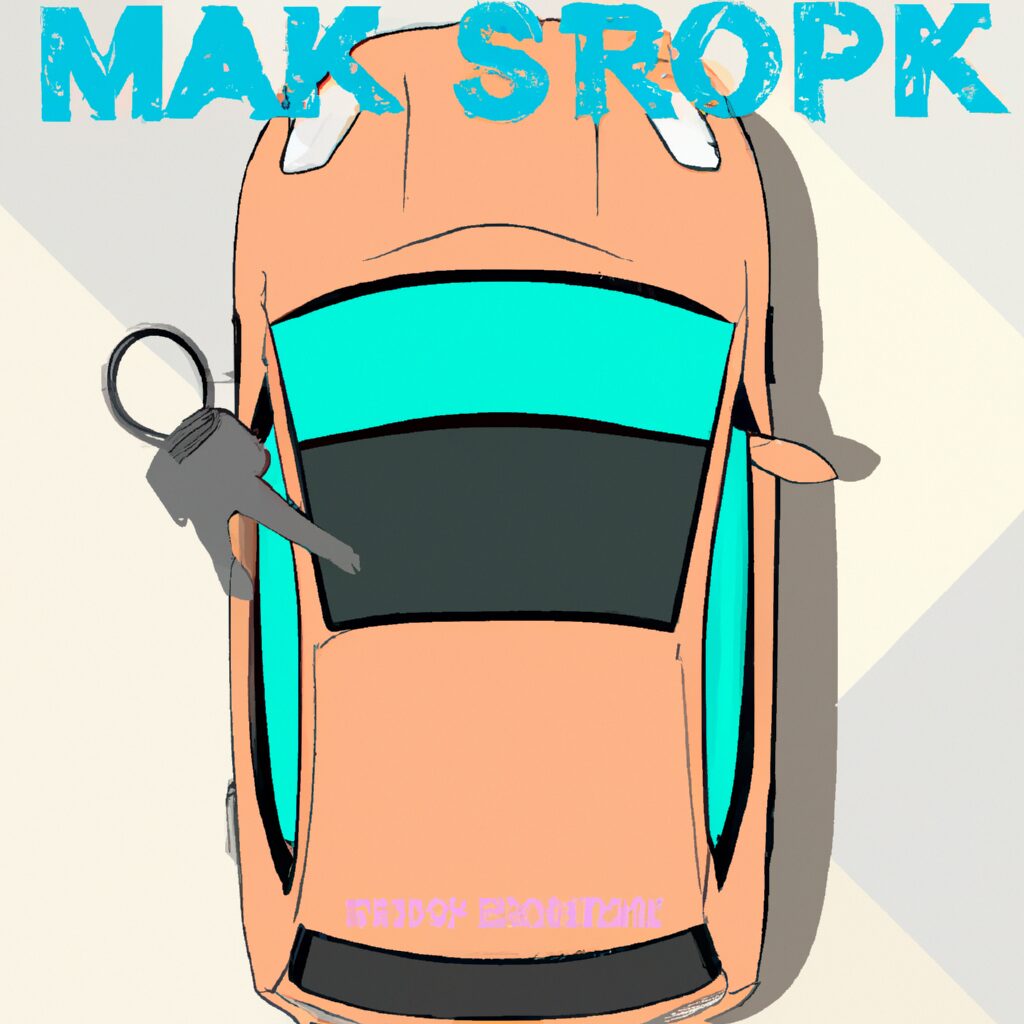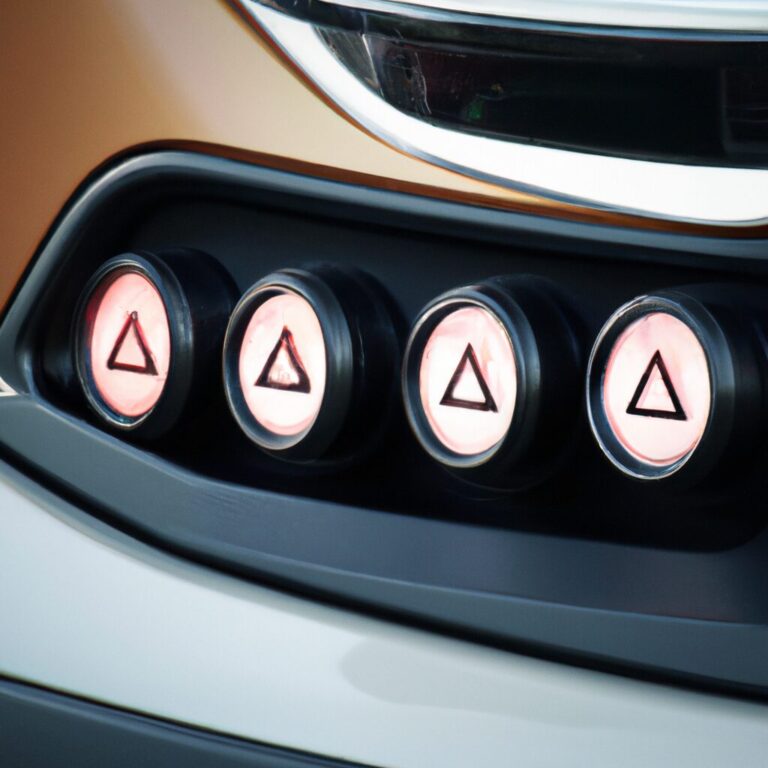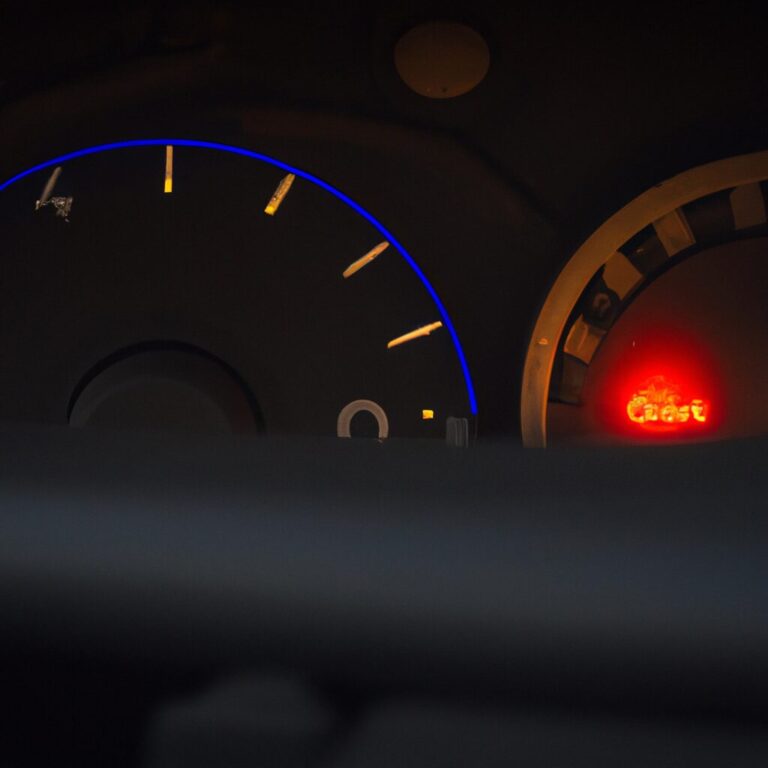my brake is locked and car wont start
Introduction
If you’re having trouble starting your car and the brake is locked, you’re not alone. Many drivers have experienced this issue and it can be a frustrating experience. Fortunately, there are a few steps you can take to troubleshoot the problem and get your car running again. In this article, we’ll discuss the possible causes of a locked brake and car that won’t start, as well as some tips for getting your car back on the road.
What to Do When Your Brake is Locked and Your Car Won’t Start
If your brake is locked and your car won’t start, it is important to take the necessary steps to ensure your safety and the safety of those around you. The following steps should be taken to address this issue:
1. Check the brake pedal. If the brake pedal is stuck, it may be due to a mechanical issue. Check the brake pedal to see if it is stuck or if it is loose. If it is stuck, you may need to have it serviced by a professional.
2. Check the brake fluid. If the brake fluid is low, it may be causing the brakes to lock up. Check the brake fluid level and top it off if necessary.
3. Check the brake lines. If the brake lines are clogged or damaged, they may be preventing the brakes from releasing. Check the brake lines for any signs of damage or blockage.
4. Check the brake pads. If the brake pads are worn or damaged, they may be preventing the brakes from releasing. Check the brake pads for any signs of wear or damage.
5. Contact a professional. If you are unable to identify the cause of the issue, it is best to contact a professional. A qualified mechanic will be able to diagnose the issue and provide the necessary repairs.
By following these steps, you can ensure that your brakes are functioning properly and that your car is safe to drive.
Common Causes of a Locked Brake and a Car That Won’t Start
A locked brake and a car that won’t start are two common issues that can occur with a vehicle. In some cases, these two issues may be related, while in other cases, they may be completely separate.
If the brake is locked and the car won’t start, the most likely cause is a faulty starter motor. The starter motor is responsible for turning the engine over when the ignition is turned on. If the starter motor is not working properly, the engine will not be able to turn over and the car will not start.
Another possible cause of a locked brake and a car that won’t start is a faulty brake caliper. The brake caliper is responsible for applying pressure to the brake pads, which in turn applies pressure to the brake rotors. If the brake caliper is not working properly, it can cause the brakes to lock up, preventing the car from starting.
In some cases, a locked brake and a car that won’t start may be caused by a faulty battery. If the battery is not providing enough power to the starter motor, the engine will not be able to turn over and the car will not start.
Finally, a locked brake and a car that won’t start may be caused by a faulty ignition switch. The ignition switch is responsible for sending an electrical signal to the starter motor, which in turn starts the engine. If the ignition switch is not working properly, the engine will not be able to turn over and the car will not start.
In conclusion, a locked brake and a car that won’t start can be caused by a variety of issues, including a faulty starter motor, a faulty brake caliper, a faulty battery, or a faulty ignition switch. If you are experiencing these issues, it is important to have your vehicle inspected by a qualified mechanic to determine the cause and have it repaired as soon as possible.
How to Diagnose a Locked Brake and a Car That Won’t Start
Diagnosing a locked brake and a car that won’t start can be a difficult task. However, with the right knowledge and tools, it is possible to identify the cause of the issue and take the necessary steps to resolve it.
The first step in diagnosing a locked brake is to check the brake system for any signs of damage or wear. This includes inspecting the brake pads, rotors, calipers, and other components for any signs of wear or damage. If any of these components are damaged or worn, they should be replaced. Additionally, the brake fluid should be checked to ensure it is at the correct level and is not contaminated.
If the brake system appears to be in good condition, the next step is to check the brake lines for any signs of leakage. If any of the brake lines are leaking, they should be replaced. Additionally, the brake pedal should be checked to ensure it is not stuck or binding.
If the brake system appears to be in good condition, the next step is to check the engine for any signs of trouble. This includes checking the spark plugs, fuel filter, and other components for any signs of wear or damage. If any of these components are damaged or worn, they should be replaced. Additionally, the engine should be checked for any signs of overheating or other issues.
If the engine appears to be in good condition, the next step is to check the battery for any signs of trouble. This includes checking the terminals for any signs of corrosion or damage. Additionally, the battery should be tested to ensure it is providing the correct voltage. If the battery is not providing the correct voltage, it should be replaced.
Once the cause of the issue has been identified, the necessary steps can be taken to resolve it. If the issue is a locked brake, the brake system should be serviced and any damaged or worn components should be replaced. If the issue is a car that won’t start, the engine should be serviced and any damaged or worn components should be replaced. Additionally, the battery should be tested and replaced if necessary.
By following these steps, it is possible to diagnose a locked brake and a car that won’t start. With the right knowledge and tools, it is possible to identify the cause of the issue and take the necessary steps to resolve it.
How to Troubleshoot a Locked Brake and a Car That Won’t Start
If you are experiencing a locked brake and a car that won’t start, it is important to troubleshoot the issue in order to determine the cause. This guide will provide you with the steps necessary to troubleshoot a locked brake and a car that won’t start.
Step 1: Check the Battery. The first step is to check the battery. Make sure the battery is properly connected and that the terminals are clean and free of corrosion. If the battery is not properly connected, it can cause the car to not start.
Step 2: Check the Starter. The next step is to check the starter. Make sure the starter is working properly and that the connections are secure. If the starter is not working properly, it can cause the car to not start.
Step 3: Check the Brake. The third step is to check the brake. Make sure the brake is not locked and that the brake fluid is at the correct level. If the brake is locked, it can cause the car to not start.
Step 4: Check the Ignition. The fourth step is to check the ignition. Make sure the ignition is working properly and that the connections are secure. If the ignition is not working properly, it can cause the car to not start.
Step 5: Check the Fuel System. The fifth step is to check the fuel system. Make sure the fuel system is working properly and that the connections are secure. If the fuel system is not working properly, it can cause the car to not start.
Once you have completed these steps, you should have a better understanding of why your car won’t start. If you are still having difficulty, it is recommended that you take your car to a qualified mechanic for further diagnosis and repair.
Tips for Avoiding a Locked Brake and a Car That Won’t Start
1. Check the Battery: Make sure the battery is properly connected and that the terminals are clean and free of corrosion. If the battery is more than three years old, it may need to be replaced.
2. Check the Alternator: The alternator is responsible for charging the battery and providing power to the car. If the alternator is not working properly, the car may not start or the brakes may lock up.
3. Check the Brake Fluid: Low brake fluid can cause the brakes to lock up. Make sure the brake fluid is at the proper level and that there are no leaks.
4. Check the Ignition System: If the ignition system is not working properly, the car may not start. Check the spark plugs, wires, and distributor cap for any signs of wear or damage.
5. Check the Fuel System: If the fuel system is not working properly, the car may not start. Check the fuel filter, fuel pump, and fuel injectors for any signs of wear or damage.
6. Check the Starter: If the starter is not working properly, the car may not start. Check the starter motor, solenoid, and flywheel for any signs of wear or damage.
7. Check the Belts and Hoses: If the belts and hoses are worn or damaged, the car may not start or the brakes may lock up. Check all belts and hoses for any signs of wear or damage.
8. Have a Professional Diagnose the Problem: If you are unable to identify the cause of the problem, have a professional mechanic diagnose the issue.
The Benefits of Regular Brake Maintenance to Prevent a Locked Brake and a Car That Won’t Start
Regular brake maintenance is essential for the safe operation of any vehicle. Without proper maintenance, brakes can become locked, resulting in a car that won’t start. This can be a dangerous and costly problem, so it is important to understand the benefits of regular brake maintenance.
The most important benefit of regular brake maintenance is that it can help prevent a locked brake. When brakes are not properly maintained, the brake pads can become worn down and the brake calipers can become stuck. This can cause the brakes to become locked, preventing the car from starting. Regular brake maintenance can help prevent this from happening by ensuring that the brake pads and calipers are in good condition.
Another benefit of regular brake maintenance is that it can help improve the performance of the brakes. When brakes are not properly maintained, they can become less effective, resulting in longer stopping distances and reduced braking power. Regular brake maintenance can help ensure that the brakes are functioning properly, allowing for better performance and improved safety.
Finally, regular brake maintenance can help reduce the cost of repairs. When brakes become locked, they can require expensive repairs to fix. Regular brake maintenance can help prevent this from happening, saving money in the long run.
In conclusion, regular brake maintenance is essential for the safe operation of any vehicle. It can help prevent a locked brake and a car that won’t start, improve the performance of the brakes, and reduce the cost of repairs. Therefore, it is important to ensure that brakes are regularly maintained to ensure the safety and performance of the vehicle.
How to Find a Qualified Mechanic to Fix a Locked Brake and a Car That Won’t Start
Finding a qualified mechanic to fix a locked brake and a car that won’t start can be a daunting task. It is important to take the time to research and find a mechanic who is experienced and knowledgeable in the specific repairs needed. Here are some tips to help you find a qualified mechanic:
1. Ask for recommendations. Talk to friends, family, and colleagues who have had similar repairs done on their vehicles. Ask them who they used and if they were satisfied with the service.
2. Check online reviews. Look for online reviews of mechanics in your area. Read the reviews to get an idea of the quality of service they provide.
3. Ask for credentials. When you contact a mechanic, ask about their qualifications and certifications. Make sure they are experienced in the specific repairs you need.
4. Get an estimate. Ask for an estimate of the cost of the repairs. Make sure the estimate includes all parts and labor.
5. Ask questions. Ask the mechanic any questions you have about the repairs. Make sure you understand the process and the expected outcome.
By taking the time to research and find a qualified mechanic, you can ensure that your car is in good hands and that the repairs will be done correctly.
The Cost of Repairing a Locked Brake and a Car That Won’t Start
The cost of repairing a locked brake and a car that won’t start can vary greatly depending on the cause of the issue. If the brake is locked due to a mechanical issue, such as a seized caliper, the cost of repair can range from a few hundred dollars to several thousand dollars. If the brake is locked due to a lack of brake fluid, the cost of repair can be much lower, as it may only require a brake fluid flush and refill.
If the car won’t start, the cost of repair can also vary greatly depending on the cause. If the issue is due to a dead battery, the cost of repair can be relatively low, as it may only require a new battery and installation. If the issue is due to a faulty starter or alternator, the cost of repair can be much higher, as it may require the replacement of these components. In some cases, the cost of repair may be even higher if the issue is due to a faulty fuel pump or other major component.
Overall, the cost of repairing a locked brake and a car that won’t start can vary greatly depending on the cause of the issue. It is important to have a qualified mechanic diagnose the issue in order to determine the exact cost of repair.
Q&A
1. What type of car do you have?
2. Have you checked the brake fluid level?
3. Have you checked the brake pedal for any obstructions?
4. Have you checked the brake lines for any leaks or blockages?
5. Have you checked the brake calipers for any signs of damage?
6. Have you checked the brake pads for any signs of wear or damage?
7. Have you checked the brake rotors for any signs of damage or wear?
8. Have you checked the brake system for any other issues that could be causing the problem?
Conclusion
Unfortunately, it appears that your brake is locked and your car won’t start. This could be due to a number of issues, such as a faulty brake system, a dead battery, or a problem with the ignition system. It is important to have a professional mechanic inspect your car to determine the exact cause of the issue and to make the necessary repairs.



